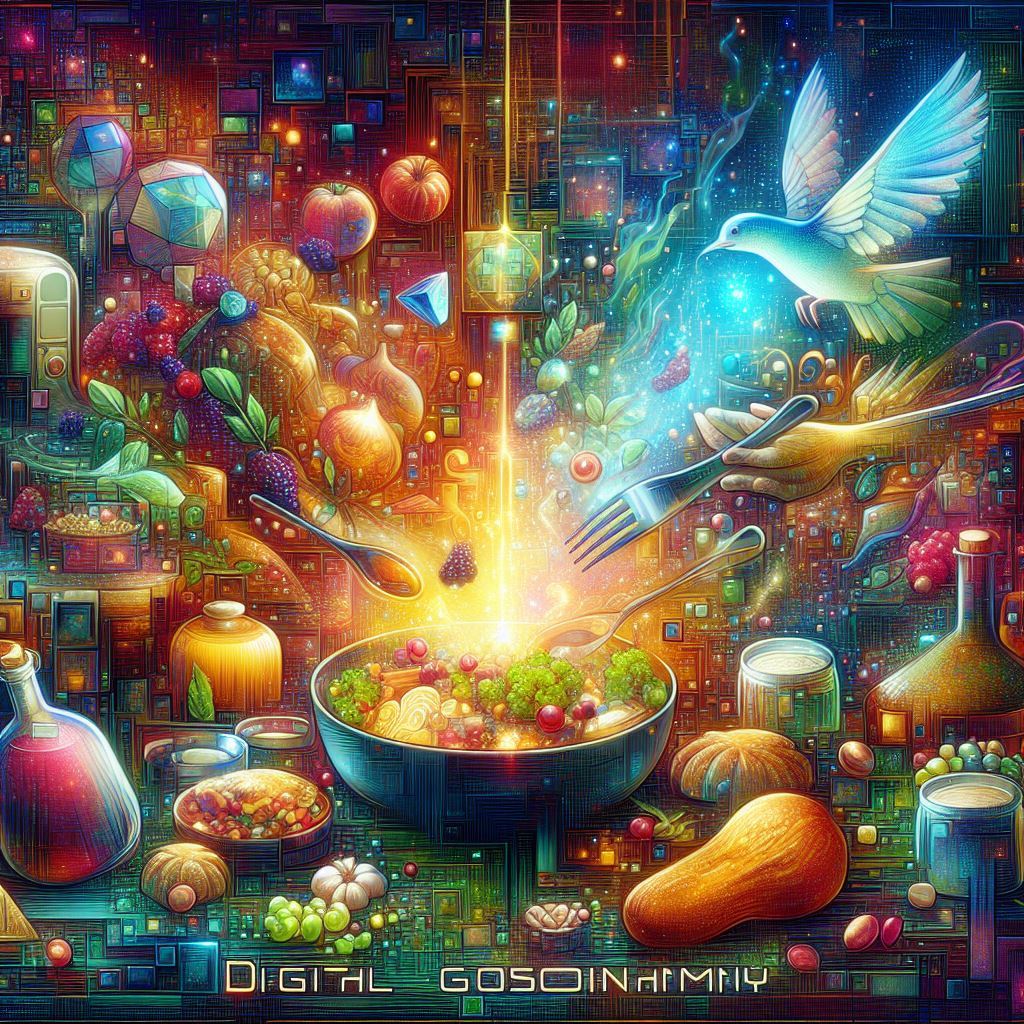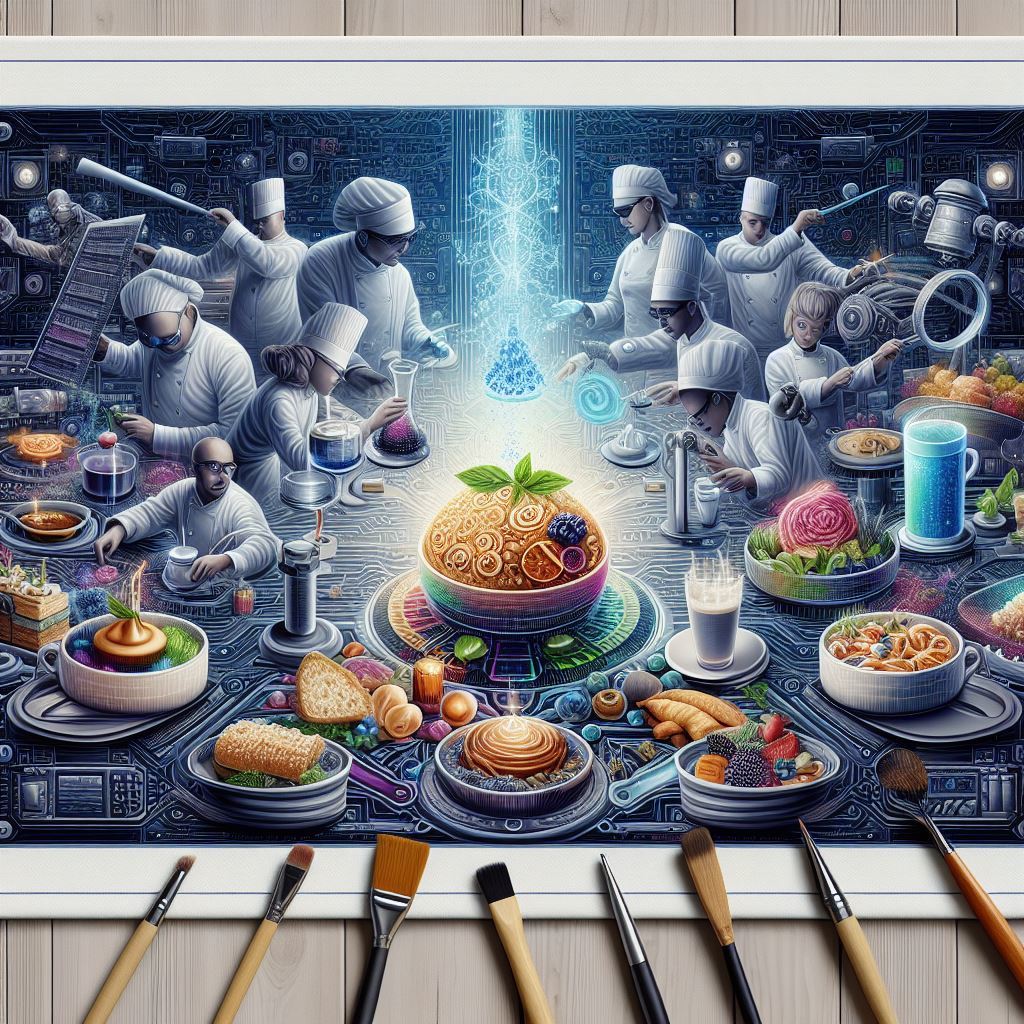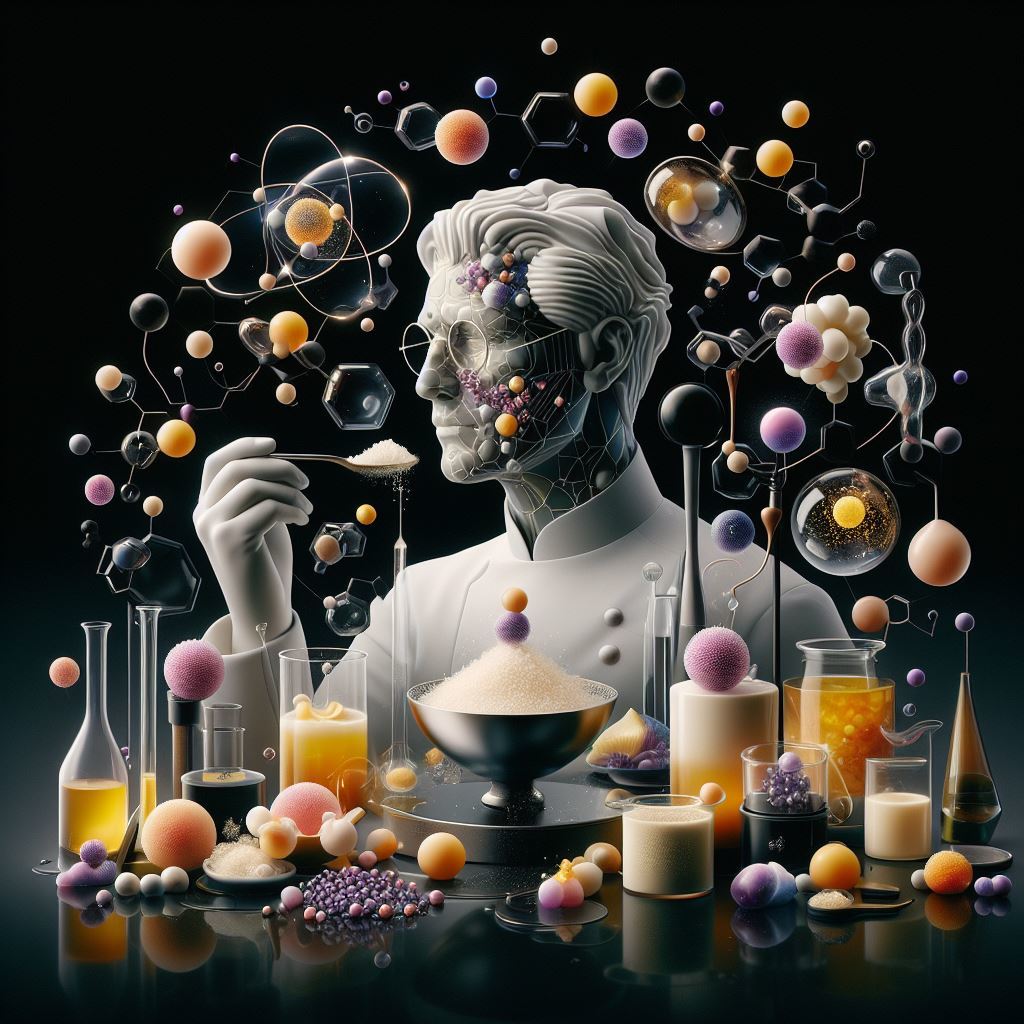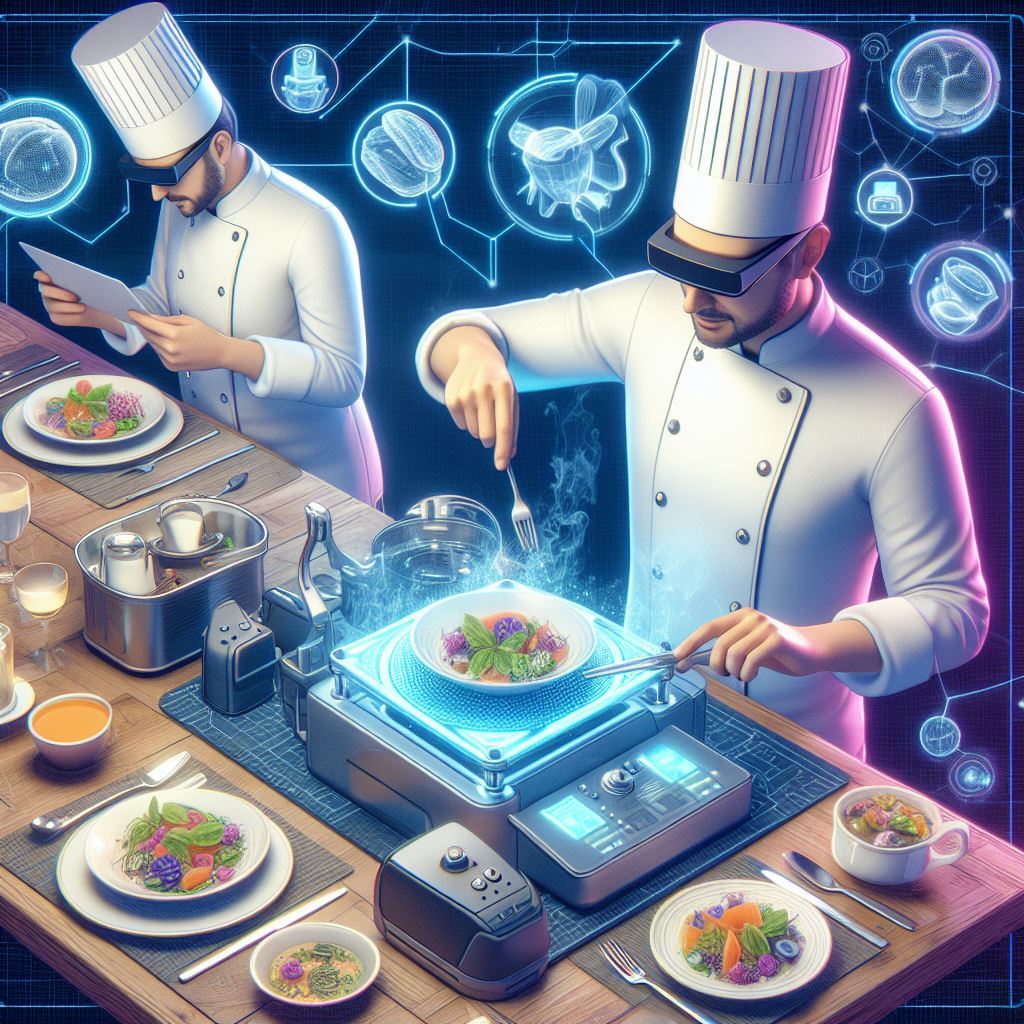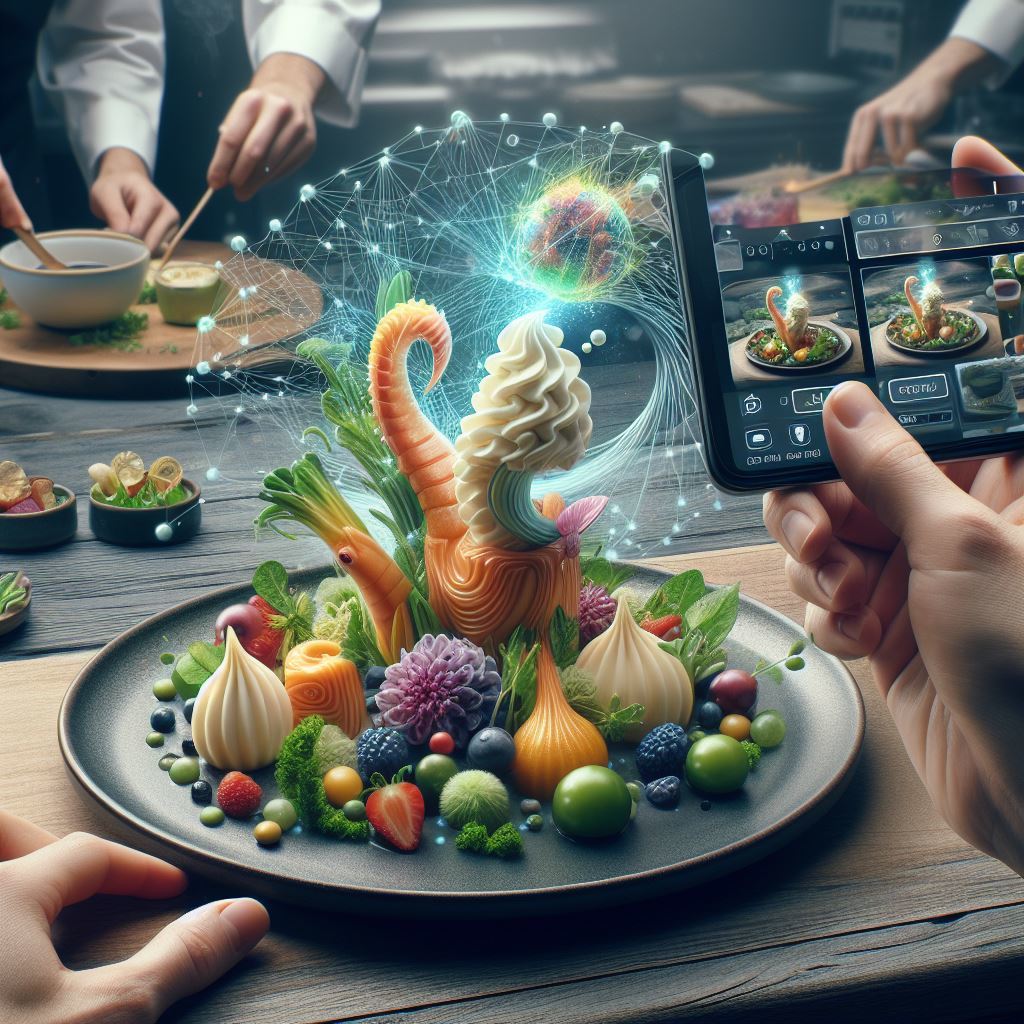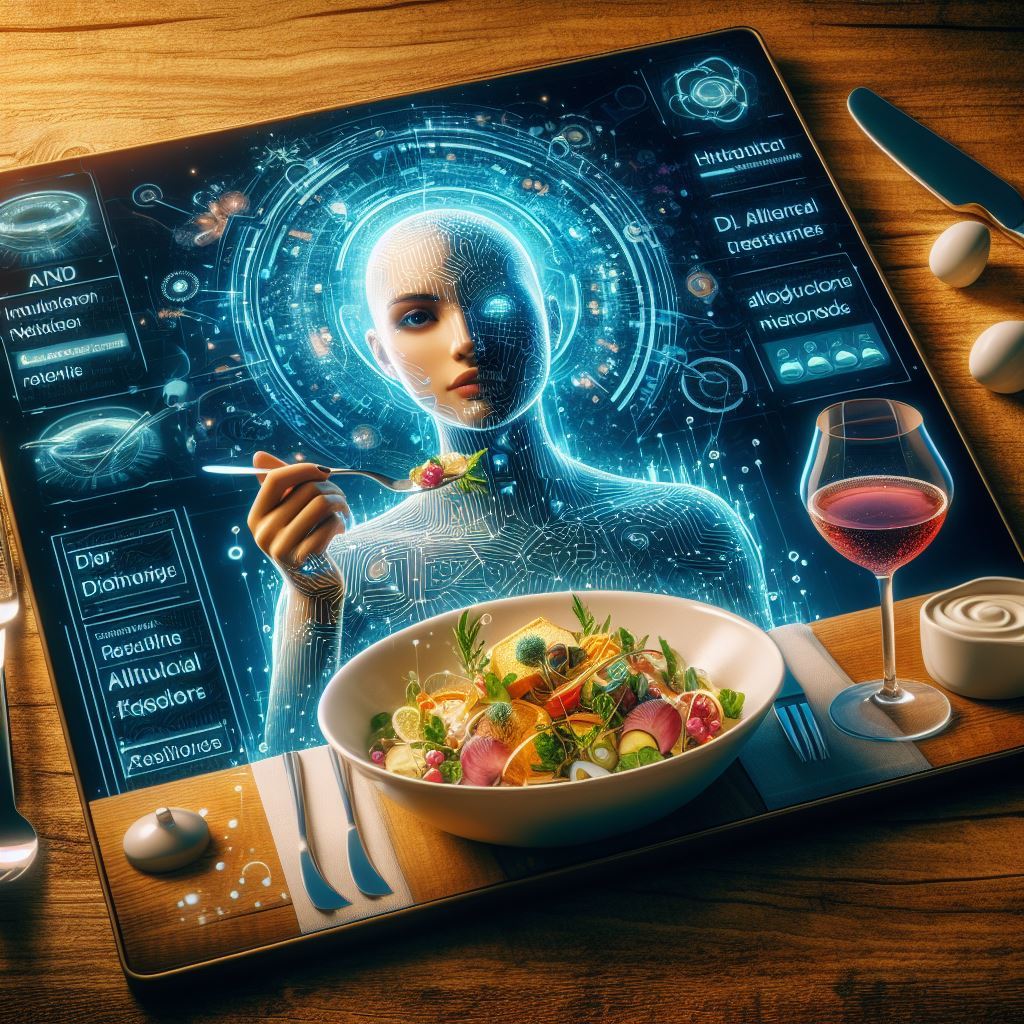In the ever-evolving landscape of culinary exploration, a new frontier has emerged, one where technology and gastronomy converge to create a sensory experience like no other. Welcome to the era of Digital Gastronomy, where pixels and palates collide to tantalize taste buds and stimulate the senses in unprecedented ways. In this captivating journey, we will delve into the fascinating world of Digital Gastronomy, exploring its origins, innovations, and the profound impact it has on the culinary landscape.
The Origins of Digital Gastronomy
Digital Gastronomy is more than just a passing trend; it is a culinary revolution that has been decades in the making. The seeds of this movement were sown in the late 20th century, with the advent of computer technology and the rise of digital art. As artists and designers began to experiment with digital mediums, chefs and food enthusiasts soon followed suit, harnessing the power of technology to push the boundaries of culinary creativity.
The Birth of Molecular Gastronomy
At the forefront of the Digital Gastronomy movement is Molecular Gastronomy, a discipline that combines scientific principles with culinary artistry to create innovative dishes that defy convention. Spearheaded by pioneers like Ferran Adrià and Heston Blumenthal, Molecular Gastronomy introduced the world to techniques such as spherification, foams, and gels, transforming familiar ingredients into culinary masterpieces that challenge the senses and ignite the imagination.
The Role of Technology
Central to the rise of Digital Gastronomy is the pivotal role of technology in shaping the culinary landscape. From cutting-edge kitchen gadgets to sophisticated software applications, chefs now have access to a myriad of tools and technologies that empower them to unleash their creativity in unprecedented ways. 3D food printers, virtual reality dining experiences, and augmented reality menus are just a few examples of how technology is revolutionizing the way we perceive and interact with food.
The Intersection of Art and Cuisine
Digital Gastronomy is not just about pushing the boundaries of taste and texture; it is also a form of artistic expression that blurs the line between food and art. With the rise of social media platforms like Instagram and TikTok, chefs are leveraging the visual appeal of their dishes to captivate audiences and garner attention in an increasingly competitive market. From edible sculptures to interactive dining installations, Digital Gastronomy is redefining the way we experience food as a multisensory journey.
The Future of Dining
As we look ahead to the future of dining, the possibilities of Digital Gastronomy are truly limitless. With advancements in artificial intelligence, virtual reality, and biotechnology, we can expect to see even more groundbreaking innovations in the culinary world. Imagine dining in a virtual restaurant where the menu changes based on your mood, or indulging in a meal created entirely by algorithms that analyze your taste preferences and nutritional needs. The future of dining is as exciting as it is delicious, and Digital Gastronomy is leading the way towards a culinary renaissance.
In conclusion, Digital Gastronomy represents a convergence of art, science, and technology that is transforming the way we think about food. From molecular gastronomy to virtual dining experiences, the rise of Digital Gastronomy is reshaping the culinary landscape and opening up new avenues for creativity and exploration. As we embark on this culinary journey, let us embrace the endless possibilities that await us and savor every pixelated moment on our palate.
